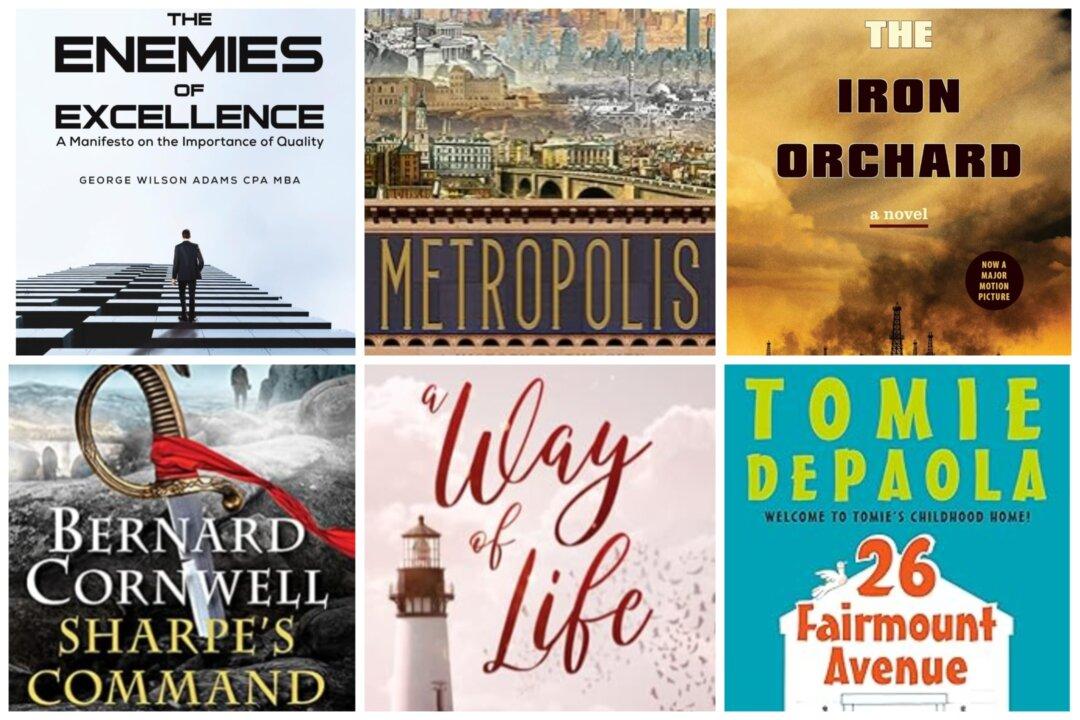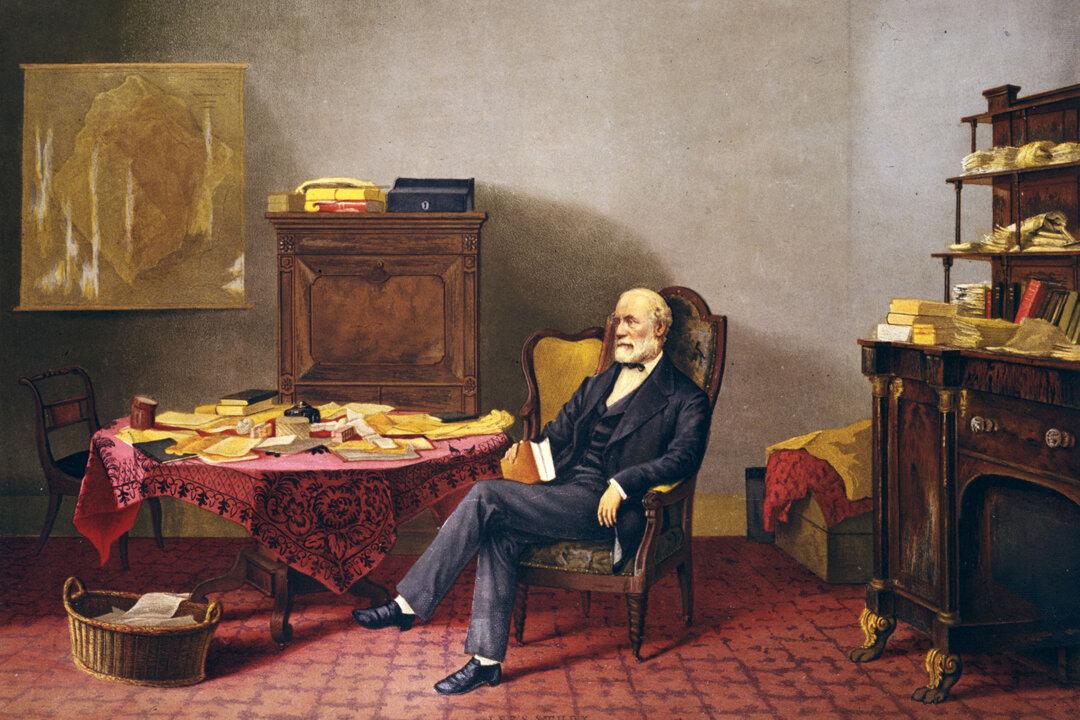For the last few months, six homeschooling girls ages 12-13 have written essays on topics I send them via email.
Four are my older granddaughters, and two are the children of good friends. These students learn grammar, spelling, and rules of composition from other curricula; I am simply an add-on to their studies, a guy who appears once a week with some tips on writing and a subject for that week’s composition: favorite foods, favorite books, best summer vacations, that sort of thing.
The Assignment
When I used to teach seminars of homeschooling students face-to-face in a classroom, every spring, I required my seventh- and eighth-grade students to write a 1,500-word essay on the topic “Where I will be in 15 years and what did it cost me to get there?”There were a good number of strictures surrounding this composition: no winning the lottery, the inclusion of details about what they studied in college or where they worked after high school, marriage and children, if any, and the cost of pursuing their dreams. If they intended to go to medical school, for example, they needed to research not just the financial cost, but also the hardship of study they would undertake.
“Dream big dreams,” I told them. “But ground those dreams in reality.”
When you tell those seventh-graders they’ll be writing a 1,500-word essay, they may look back at you without expression, but you know what they’re thinking: “This guy is off-the-wall nuts! The longest essay we’ve ever written in this class is 400 words! Has Mr. Minick gone off the deep end?”
Well, Mr. Minick was always a little off the deep end, but in this case, he had a mission and an agenda.
Making Writers
Now for the agenda:First, I choose a topic that should interest them. Knocking off 250 words about your favorite sport or a slightly longer exposition spelling out your family’s Christmas customs is personal, but looking at the future?
Here, my young students could become prognosticators, fortune tellers gazing into an orbuculum—a fancy name for a crystal ball—and giving shape to their dreams and ambitions. If nothing else, the assignment forced them to take the long view rather than wondering whether they would get together with friends on the weekend.
Meeting Challenges
It was also my hope that this long essay might teach them how to break a big challenge into parts, meet the challenge part by part, and complete the task. “Divide and conquer” applies not only to military strategy, but is a great approach to any daunting task. Once learned, we can apply this lesson to a multitude of problems, from completing assignments in the workplace to getting through professional schools.“One step at a time” became the byword as we slowly and deliberately constructed the essay. The first week we reserved for research and making an outline, the next for an introduction and perhaps the first paragraph of the body, and so on.
The Hidden Agenda
Though they often didn’t realize it, this essay also taught the students the acronym TANSTAAFL: “There ain’t no such thing as a free lunch.” These young people had to describe the physical, mental, and financial costs of their dreams. If they wanted to attend the University of North Carolina-Chapel Hill, they needed to look at the entrance requirements. If they wanted to serve in the Marine Corps, they had to investigate the enlistment requirements, including the ASVAB test. If they wanted to marry and have three children by the time they were 27—I encouraged them to name and describe their spouse and kids—they had to tell me how they would keep a roof over their heads and food on the table.Battles and Victories
Because of the distance between us, my current six students and I probably won’t celebrate with a party. But I will put my mind to work and make sure that somehow we honor their accomplishment. Paying homage to achievement is a necessary capstone on such a project, just as the winning team of a state rugby tournament sets aside an evening to mark their victory.Here’s the thing: Whether the challenge comes in a sports arena or in a Mathcounts competition, in a National Geography Bee or in some confrontation while at work at Chick-fil-A, we need to encourage our teenagers to slip on their armor, take up their shield and sword, and fight the good fight against adversity.
Learning to face and overcome what seem fierce and sometimes insurmountable odds can make young people stronger, less fearful, more confident, and more prepared to surmount other obstacles they will encounter in life, the inevitable dragons in the path, those disasters, major or minor, when the world knocks them to the ground and they must push themselves again to their feet.
That’s how grown-ups are made.






